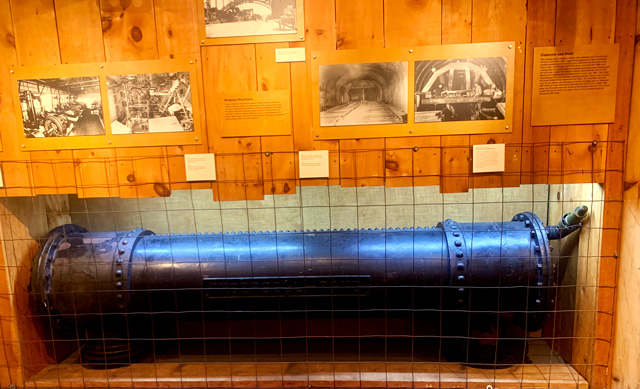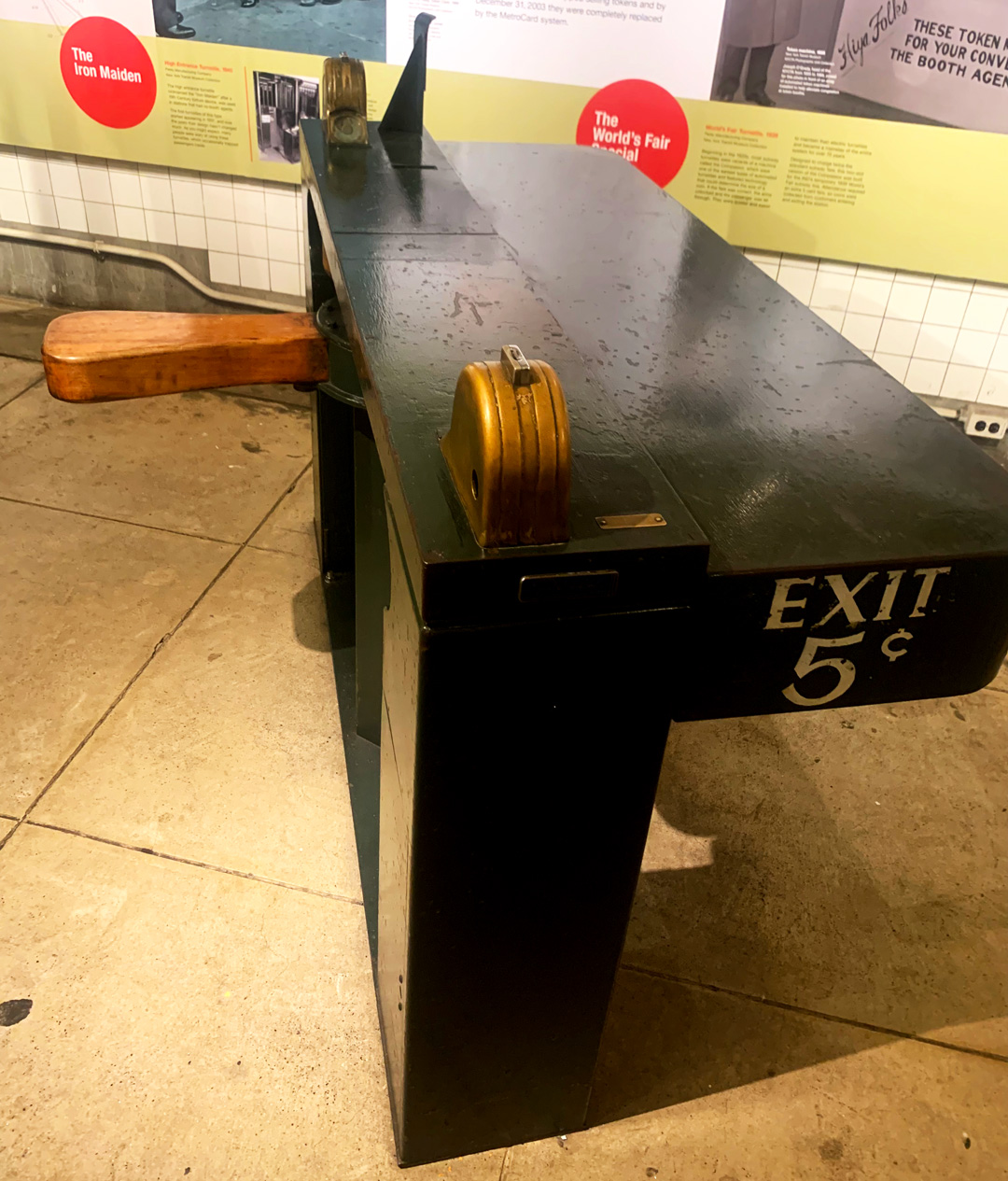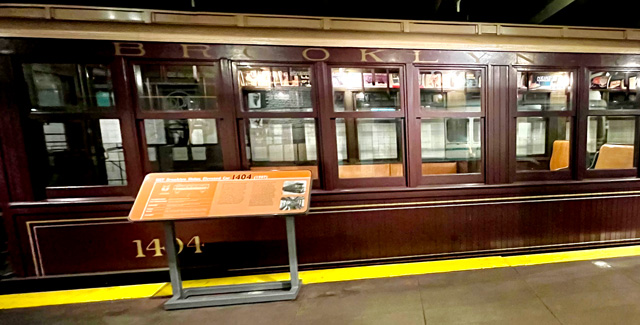History of NYC’s Mass Transit

By Adrian Gonzalez
The New York Transit Museum is located in a 1936 train station on Schermerhorn Street in downtown Brooklyn and preserves artifacts from one of the world’s oldest mass transit systems. The museum opened on July 4, 1976 in a station that had been abandoned for over 30 years. Exhibits highlight system engineering, design, and workforce. The block-long underground museum features 20 vintage cars, buses, antique MTA machines and subway tokens. Grainy black and white photos show workers laboring in tunnels during construction more than 100 years ago.

This underground train station was built in the 1920s. As this image shows, it was a grueling dirty job.

The population of New York City boroughs has increased tremendously since the 1880s. At that time, Manhattan had the highest population out of all boroughs, followed by Brooklyn, Queens, the Bronx and then Staten Island.

These are the lunch buckets used by the workers more than 100 years ago. Workers brought home-made food because they worked the majority of the day underground.

The majority of the subway lines run underneath the streets of New York City. These machines helped compress air drills and break up small boulders.

This was one the first ever turnstiles used to enter or leave train stations. In 1915 people used nickels to get on trains instead of metro cards. The token was introduced in 1953 and phased out in 2003. There were over 50 variations that evolved over the years.

The token pictured below features a pentagon to symbolize the five boroughs and is slightly magnetic to prevent counterfeiting. Fare evasion was a problem, as New Yorkers tried to avoid paying using washers or amusement park tokens and by “token sucking.” Fare evaders would put a piece of cardboard in the slot so when riders inserted a token the turnstile wouldn’t move. When the riders went to the booth agent, the evaders would suck out the token. To combat this practice, some MTA staff would put hot pepper sauce in the slot. Pictured below is a collection of fake tokens, or “slugs” used in the system.
This Brooklyn Union Elevated Car was used in the early 1900s. It had a wood body and was powered by steam engines which produced smoke and soot that billowed outside the train.

Inside one of the vintage trains. The fans on the ceiling provide air conditioning for the passengers.

This was one of the trains from the 1980s after renovation which cost over $3.5 million in repairs to remove graffiti and broken windows.

Saved under Featured Slide, News
